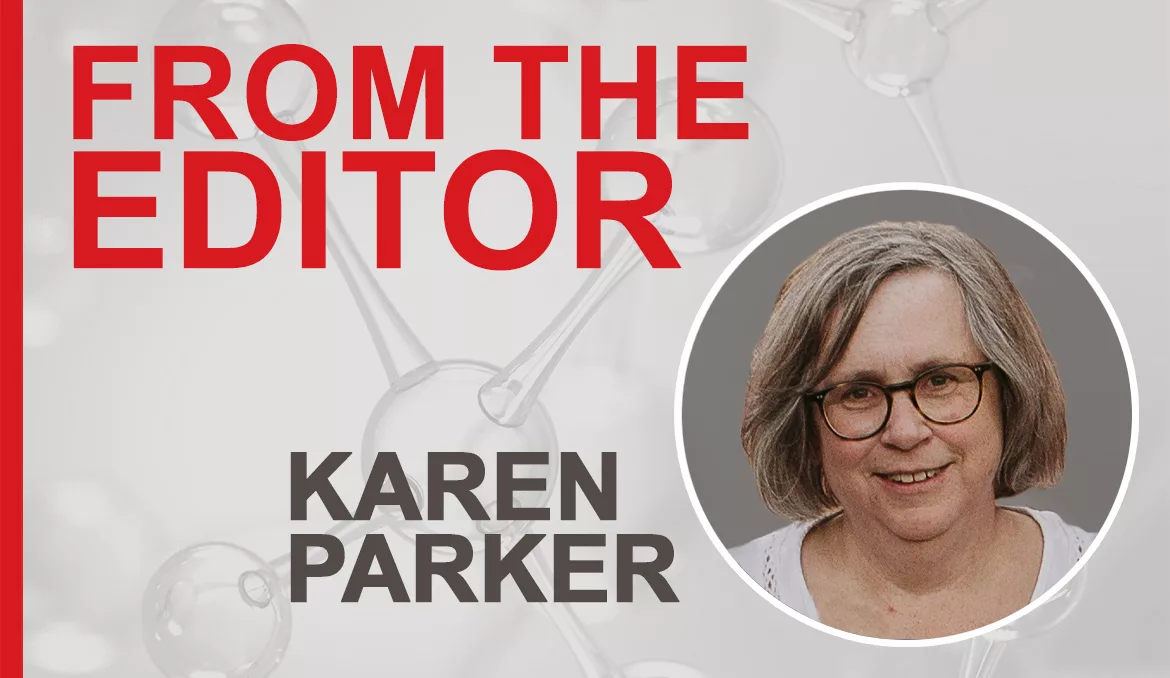How to Manage Extreme Change: A Lesson for the New Year

The day I wrote this column, I had trains on my mind. I am guessing more than a few of the readers of this eMagazine were thinking about trains too. That day, members of SMART Transportation Division, the largest rail union in the country, voted down a tentative agreement brokered in September by the Biden Administration to avert a rail strike, joining three other unions voting “no” among the 12 that had voted on the agreement.
A strike in the rail industry poses very serious economic consequences for the chemical sector and the larger economy. A recent economic analysis conducted by the American Chemistry Council reports that “a strike lasting one month would likely put a major chill on several leading economic indicators through the first half of 2023.” The report projected job losses of 700,000 across multiple industries and economic sectors, a jump in the Producer Price Index of 4%, and contraction of the Gross Domestic Product of one percentage point. I hope by the time you read this column, people involved in the current situation were able to reach an agreement and avoid yet another major disruption in the chemical supply chain.
Issues with rail transportation again remind me of the delicate balance U.S. manufacturing has managed over the last three years. In changing times, leaders are called upon to adapt and innovate, often quickly. Looking at trends and anticipating how and when change will come is also essential. I recently read a blog post by MIT professor and director of the Center for Transportation & Logistics Yossi Sheffi, who described the current business environment. “The march of innovation in business is accelerating, fueled to a great extent by trends such as shifts in consumer buying behavior and rising customer expectations. World-scale crises like the Covid-19 pandemic and the war in Ukraine are also playing a part. Longer-term agents of change include geopolitical tensions, climate change, and aging populations in many advanced economies,” he wrote.
Sheffi goes on to explain that the way supply chain professionals responded to the challenges of the last three years can be a blueprint for how others manage an environment of extreme change. As we leave 2022 and look to a new year, it is a good time to review some of those lessons. They include knowing the importance of technical skills and ensuing those skills keep pace with change; the use of digital technologies to share information and facilitate relationships; understanding the limitations of data-driven models and knowing when turning to a more traditional approach is the best solution; and finally employing professional education programs, especially online learning, to give employees the skills they need. At the end of Sheffi’s post, he reminded readers that change creates opportunity, using the example of how the invention of containerization in 1956 opened up a new era in global trade.
In this issue of ASI, we have our own example of how supply chain problems led to an innovative use of additive manufacturing to produce 2k mixing geometries for adhesive dispensing. Be sure and read the article here. Don’t miss ASI’s review of 2022. The most popular article of 2022 might surprise you! This edition also features an article explaining the latest innovation in high-performance masking tape, an article about gas-detection tapes, and a case study on adhesive dispensing for medical device assembly.
As we enter 2023, I am committed to providing news and articles about the most up-to-date and relevant innovation in the adhesives and sealants industry so you will be prepared to face the challenges ahead. If you have something interesting to share, please email me at parkerk@bnpmedia.com. Thanks for reading. See you in 2023!
Looking for a reprint of this article?
From high-res PDFs to custom plaques, order your copy today!





